The Way of Orchid Cultivation Easy and Profitable
Hay is back with me @sucindi. I got an invitation to a friend's plantation place from my parents, he has my orchid plantation is very happy and at the same time amazed with the collection of orchids in his plantation, so many kinds of extraordinary orchids.So this time I will write all things about orchids, this article so you add knowledge about the beautiful flowers.
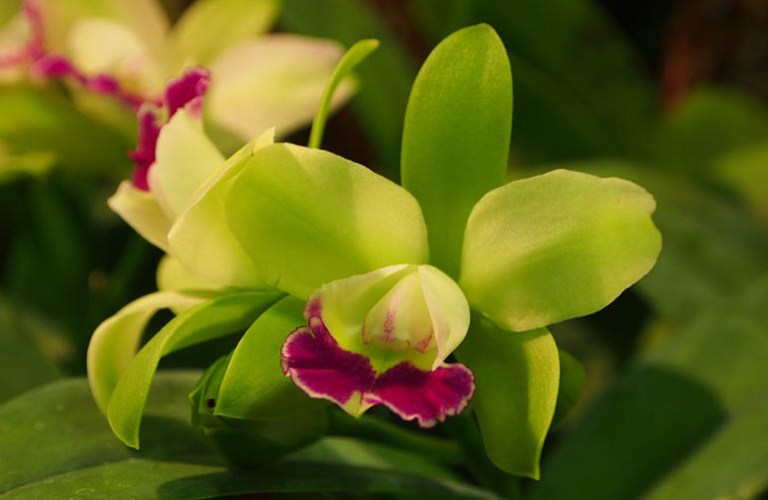
Cultivation of orchid plants.
Currently a lot of people who deliberately plant orchid flowers to be ornamental plants. Not just ornamental plants, orchid cultivation can also be a business opportunity you know. For you the orchid lovers certainly do not want to miss too right?
Orchid plants (family orchidaceae) are plants that naturally live on other branches of plants, orchids grow wild on hutam in tropical regions that have high rainfall. But in the growth of orchids can be grown in pots filled with certain media.
Orchid plants can live on planting media such as pot there are several factors that affect, such as environmental factors, sunlight, temperature and humidity and maintenance include fertilizing, watering and control.
Orchid Plant and Growth Pattern.
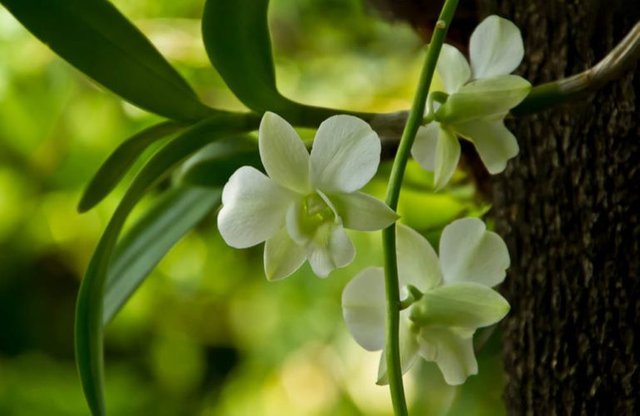
In its development, orchid cultivation is divided into 2 types to be breed, the orchid epiphyt and or terrestris orchid orchids. Orchid epiphyt is an orchid plant that lives on attached to other plants but does not interfere with the plant, while orchid terrestris is an orchid plant that lives on fertile humus soil.
While the growth pattern of orchid plants is divided into 2 types of simpodial and monopodial. The simpodial type of orchid is an orchid plant that does not have a main stem, orchids out from the tip of the stem and flowering back from the growing planting child.
Except on the orchid species Dendrobium sp. can release a new flower stalk on the sides of the stem. Examples of simplex orchid types include dendrobium sp., Oncidium sp., Cattleya sp. and cymbidium sp. Simpodial types of orchids are epiphytes in general.
Monopodial orchids are orchids that are characterized by a growing point on the tip of the stem. Growth is straight up on one stem and the flower stalks appear from the sides of the stem between the two armpits of the leaf. Monopodial orchid species include arachnis sp., Vanda sp., Renanthera sp., Phalaenopsis sp., And aranthera sp.

Orchid Cultivation.
In orchid cultivation you need to know the right media to grow a good orchid in accordance with the type of orchid plant you will plant. The cultivation of orchid plants is actually not complicated, orchid plants can live attached to other plants.
To be more leverage to breed orchid plants, you need to prepare a good planting media and special treatment for the treatment. Here's the technical cultivation.
Initial Preparation Before Planting
The initial preparation you need to do is prepare a place / environment to grow orchids, prepare planting media for orchid plants, and preparation of orchid plant seeds.
- Orchid Cultivation Environment.
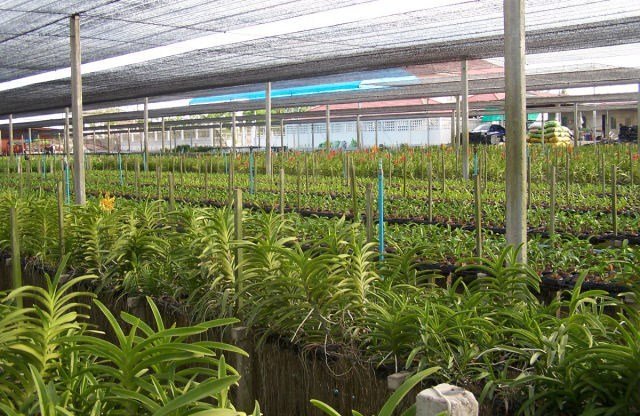
A good location for orchid cultivation is the location that has a good intensity of sunlight, the quality of orchid plant growth is greatly affected by the intensity of sunlight obtained.
Levels of sunlight needs of each type of orchid plants vary, the intensity of light required orchid plants is divided into 3 types of needs.
The first need of orchid plants to be exposed to direct sunlight. Types of orchid plants suitable for cultivation in the open are vanda orchid plants, arachnis orchids and renanthera orchids.
The second type of need is a type of orchid that can grow well in places that are not exposed to direct sunlight. The type of orchid plants that are suitable for this condition are orchids Ancedium, orchid dendrobium orchids cattleya.
The third type of light needs is an orchid plant that does not like to be exposed to sunlight, so you need to prepare a shade to membudidadayakn this type of orchid plants. This type of orchid plants such as the type of orchid paphiopedilum and orchids phalaenopsis.
To cultivate orchid plants on the needs of the second and third types you must have a special place that has been designed in such a way in order to maximize the growth of orchids you plant. The design of the place can be made a garden on the roof covered with shade net (paranet).
- Preparing Good Planting Media
To grow orchid plants there are 2 ways you can do. You can plant orchids on the media pot or affixed to the tree, these two options can you make the choice to cultivate it. Whether planting media that you choose to adjust the type of orchid itself.
a.Media Planting Orchids On Pot.
Prepare containers / pots that match the characteristics of orchid plants. The selection of pots are commonly used small and transparent like a plastic pot, can also use earthen pots and pots from wood.
The recommendation from me should be to use a clay pot that dipinngirnya there are small holes with a diameter of about 2 cm, so you can better monitor the development of roots and more healthy for orchids.
The disadvantage of clay pots more quickly moss on the pot walls, you should often give it, other options you use transparent pots can be from the plastics, plastic pots are not easily overgrown with moss and you can monitor the development of plant roots.
For growing media of root growth of orchid plants that you can use include fractional tile or red brick, coconut husk, coal, charcoal and can use wood shavings and wooden ferns.
- Media planting orchids from fractions of tile / brick.
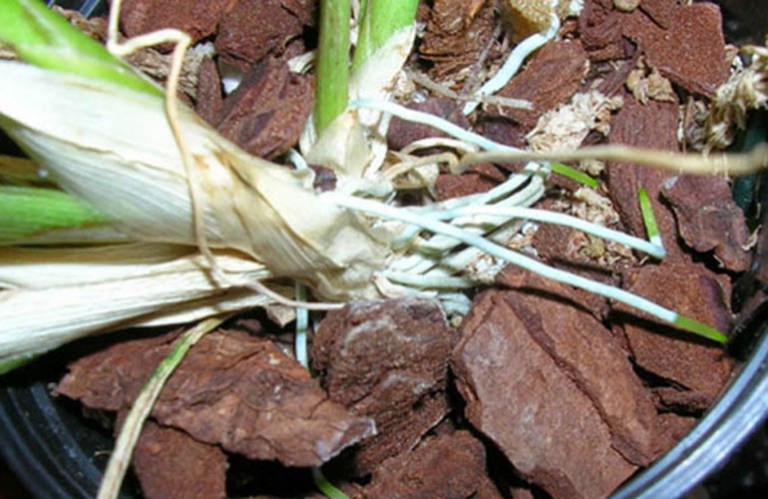
Fractional tile / brick excess is good for attaching the roots of orchids, moisturizer around the roots, and where to store water and nutrient solution. Another advantage of this media is not easy to decay and have drainage and aeration is good enough.
The placement of these two media is placed under pots by filling the 1/3 part of the pot volume. Fractional bricks have greater absorption of tile fraction. But the broken brick more quickly overgrown with moss if it is coated with shards of tile. If the planting medium is overgrown with moss should be replaced with new planting media.
- Media planting orchids from coconut husk.
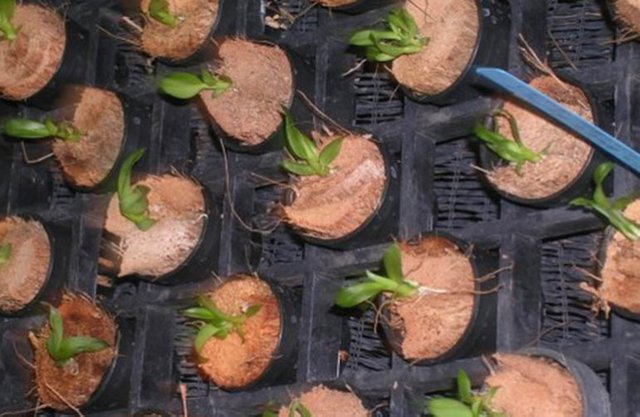
Media of orchid planting from coconut coir excess has excellent water storage and contains nutrients needed orchid plants. The use of coconut husk choose the old age, then cut into pieces adjust the size of the flowerpot.
The weakness of coconut husk decay faster than other planting media materials. The technique of its use before it is inserted into the pot is soaked first into the fungicide solution.
This planting media if not used as well as stored in a cool and dry because if it is used can rot and become a source of disease orchid plants.
- Media planting orchids from charcoal.
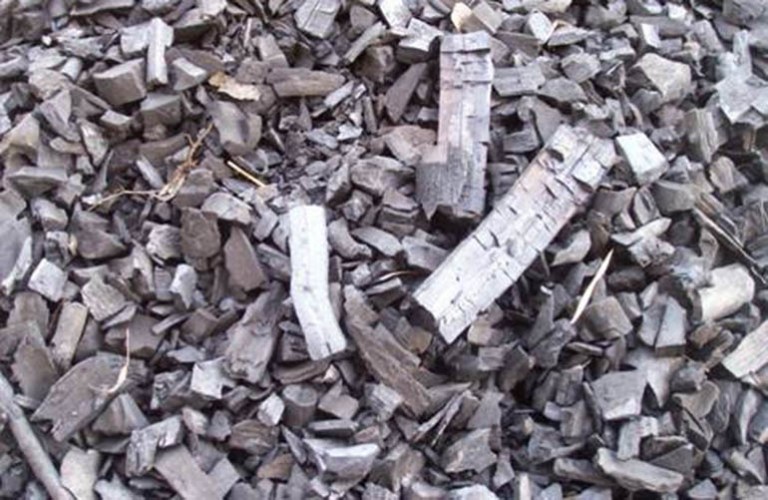
The advantages of orchid planting media from the charcoal that has the ability to bind water is good enough, but still better coconut coir. The advantages of charcoal media is not easily weathered, not easily overgrown fungi and bacteria.
Charcoal has buffer properties which means if errors of fertilization (excess fertilizer dose) can still be tolerated. The use of charcoal media for orchid cultivation sebaikanya soaked into a solution of NPK fertilizers first. In addition to NPK fertilizer, soaking is mixed with a solution of the function to minimize the growth of mushrooms on charcoal.
- Media planting orchids with wood shavings.
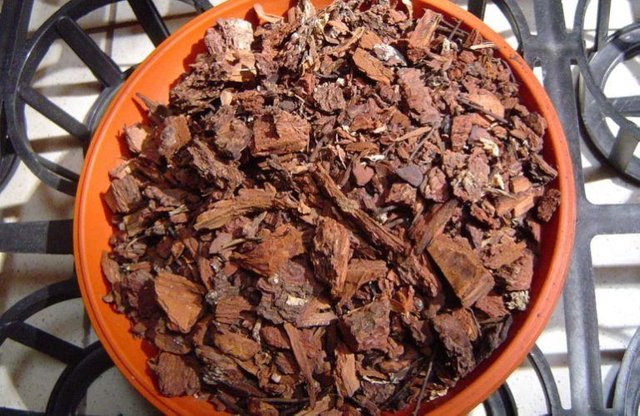
Media plants with shavings / wood chips are more widely used for terrestrial orchid species (terrestrial). The advantages of wood shavings have good drainage and aeration. However weak in the water save power.
The weaknesses that exist for yinun flakes are minimal nutrients are good, especially nitrogen. Wood shavings are quite slow in the weathering process because wood contains many compounds that are difficult to decompose, such as hemicellulose, cellulose, and lignin.
The use of this medium is by first soaked in urea and TSP fertilizer solution. Prevention of pests and diseases on this planting medium, when soaking with fertilizer can be added pesticide solution.
- Media planting orchids with wooden ferns.
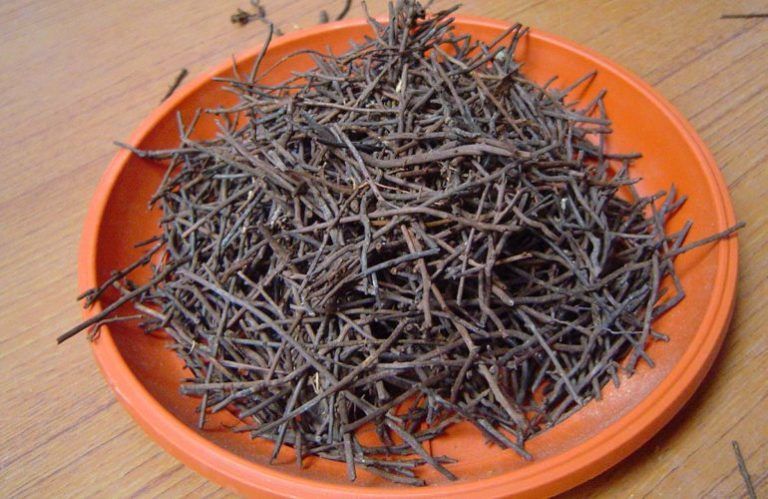
Media planting orchids using wooden ferns, ferns included into the plant ferns but grow large enough and have wood on the trunk. The texture of wooden ferns is different from tree wood in general.
Wooden fern is difficult to decay, but good in water binding on wood and has a good drainage and aerotic ability.
The wooden fern used in the pot is cut in the form of a not-so-subtle chant. Fine cuts cause high humidity that can cause root rot.
To avoid pests and diseases that make the roots of orchids become rotten, fern wood needs to be dyed into fungicide solution, can be stacked with insecticides so as not to become a hive of insects such as ants. Before use the wooden pieces of fern are soaked into a solution of NPK fertilizer.
b.Media Planting Orchid How To Tempel
Orchid plants that can grow by attaching themselves to other plants called epiphytes. Media planting simply use the tree alone, there are also some people grow orchids on concrete poles or on the walls of his house.
With a simple treatment that is with regular watering and given additional media such as pieces of wooden ferns and coconut husks orchids can live on a pole of concrete and roots can spread on the wall of the pole.
However, if for the cultivation, this method is not recommended because the urban environment and away from the forest environment is not in accordance with the original habitat of orchid plants. Thus the result of orchid growth menajadi not maximal and the resulting interest is also not as popular and beautiful as the way of planting on the pot media.
- Preparing the Orchid Seeds
Orchid plant breeding can use 2 ways, that is by conventional way and by way of tissue culture (in vitro culture).
a.Consultation of orchids Consumptive way
The old breeding is subdivided into two types: vegetative and generative.
- How vegetative.
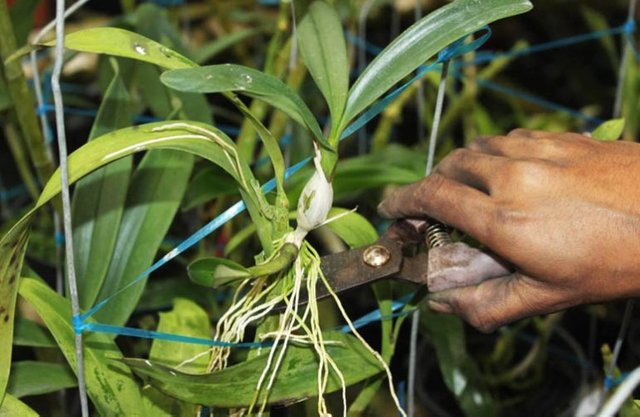
Vegetative way is by separation or splitting of clumps of orchid plants and then transferred to other planting media.
Seed taken is a bud from the parent plant that already has roots, buds had become a new seed for planting in new planting medium.
- Generative way.
Generative way is the cultivation of orchid seeds from orchid seeds, orchid seeds are very small and do not have endosperm (food reserves). Germination of orchids in the wild is very difficult without the help of mushrooms that symbiosis with the seeds.
If you do a nursery of orchid seeds for the cultivation also takes a long time. From seed to tumbut small seeds take about 3 months. After entering the age of 3 months has not been directly transferred to the main pot of orchid plants.
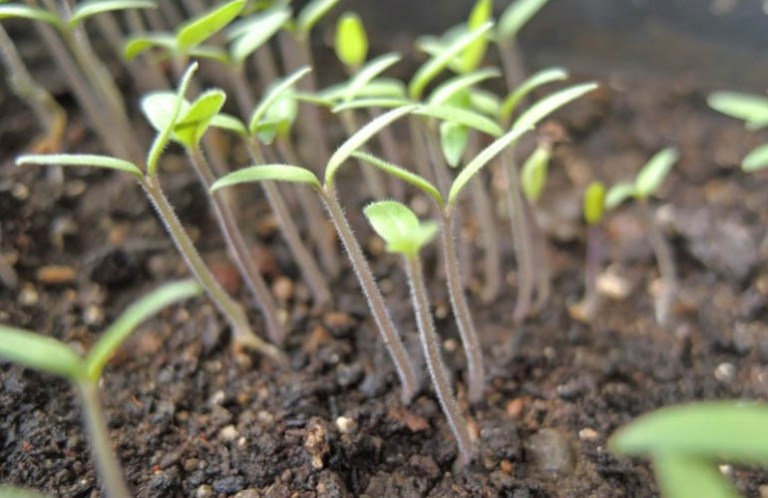
The orchid seeds need to be moved to a rather large pot of 6 cm - 12 cm in diameter. At this time the seeds need routine maintenance such as fertilizing, watering and guarding of pests and insects because it is very susceptible to pests and diseases.
After the seeds grow larger orchids marked the emergence of leaves and appear roots that begin to spread. Approximately after 3 months of the first transfer, at this age the orchid seed is ready to be planted in the main pot with diameter of about 12 cm - 20 cm.
b.Pembiek Orchid Culture Network (in vitro culture)
In general, tissue culture is defined as a way to multiply plants by isolating certain parts of the meristem tissue. For example, bud or leaf eye, can grow the part on aseptic artificial media, assisted with growth regulators.
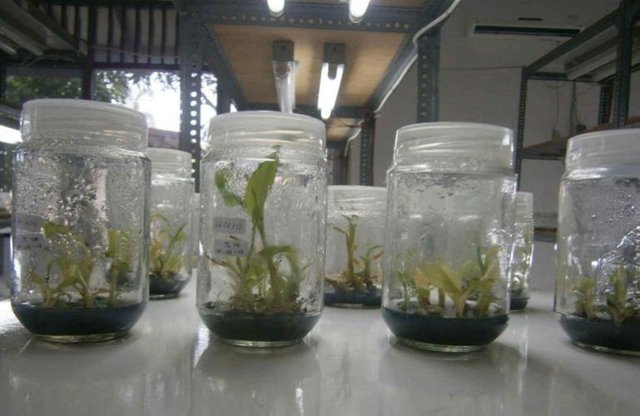
The main advantage of tissue culture is to get new plants in large quantities in a relatively short time. With the tissue culture method the resulting seeds have physiological and morphological properties exactly the same as the parent plant. In addition, the seeds produced can also be superior properties.
- Treatment of Orchid Plant Moving to Planting Media.
Before making the orchid plant move, you should prepare the planting media first. Cultivation of orchid plants generally use the planting medium with pots of clay. Pot of planting media placed on the shelves of cultivation location. In addition, if you want to decorate your cultivation, pots can you hanging with the media wire made like a clothesline.
Pot orchid plants should be placed in the raft or hanging, because if the pot attached directly to the soil surface plant orchids more easily disturbed pests such as snails and snails, other than that aerosi drainage when watering is also not functioning optimally.
Another advantage of placing the plant in the hollow or hung is sunlight can penetrate the sidelines of the plant, air circulation can run smoothly. In addition, the growth of moss in the body of the pot can be inhibited.
Orchid plant care is a lot of attention to the quality of planting media used, you need to runting replace the planting medium and pot if it is not feasible. If planting media such as wood fern overgrown with moss, you need to replace the new fern wood.
The goal is to keep the orchid roots healthy. If the growth of orchid roots is also thick, you need to move the orchid plants to a new pot (repotting) and added with more planting medium. This is intended for the growth of orchid plants are not inhibited and can be flowering thick.
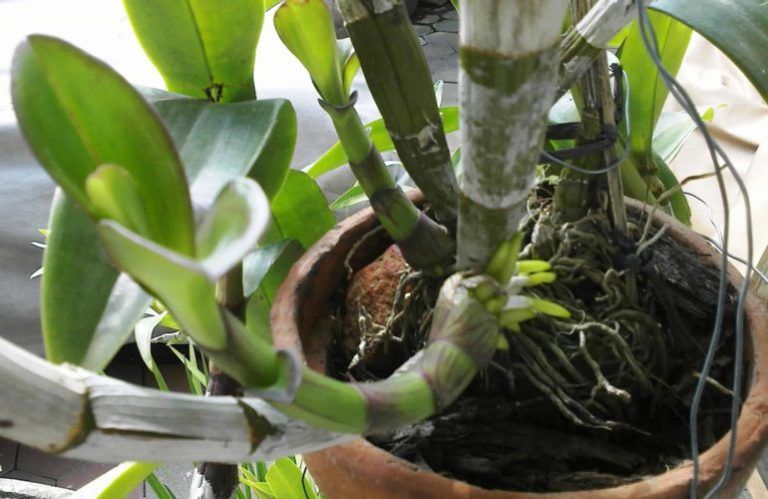
- Fertilization of Planting Period
Fertilization is good done by spraying, fertilization should also be done on the leaves of orchid plants. Because the leaf vessels in the orchid plants can receive 90% of nutrient intake while the roots only receive 10%.
For lovers of orchid plants, a commonly used fertilizer named dekastar. Dekastar able to accelerate the growth of buds, leaf splash, stimulate the emergence of flowers and menyburkan plants. In addition dekastar for orchid fertilization can use NPK.
Fertilization using NPK has different doses of each plant growth period. The quantity of fertilizer can regulate the balance of vegetative and generative growth of the plant.
In the period of vegetative growth phase of small orchid plants, the ratio of NPK fertilizer is 30:10:10. The vegetative growth phase of medium-sized angrek plants, the ratio of NPK fertilizer is 10:10:10.
While in the generative growth phase that is to stimulate tnaman for flowering, the ratio of NPK fertilizer is 10:30:30.
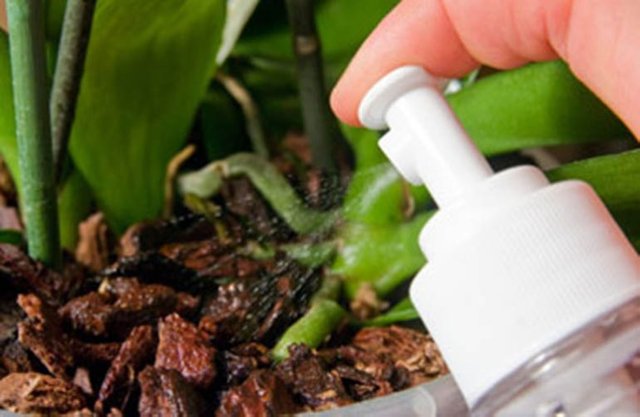
Fertilization should be done in the morning and afternoon once every 3 days using plant sprayers (can use a sprayer / nozzle), spray on the leaves and roots of orchids.
- Sprinkling
Watering orchids also use spraying techniques (spraying), actually orchids do not like the intake of excessive water because it will make the planting media become muddy vulnerable to damage the growth of roots.
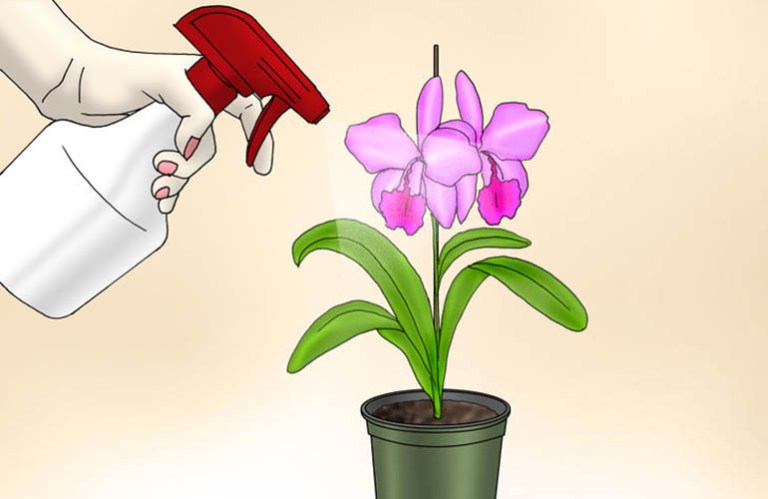
Good spraying is on the flowers of leaves and stems to minimize pest attacks and the growth of disease. Orchid flowers if regularly sprayed will bloom with fresh and beautiful, Spraying can be done 2 times a day morning and noon before fertilization.
In the dry season, watering can be done up to 3 times a day, only at night.
Business opportunities.
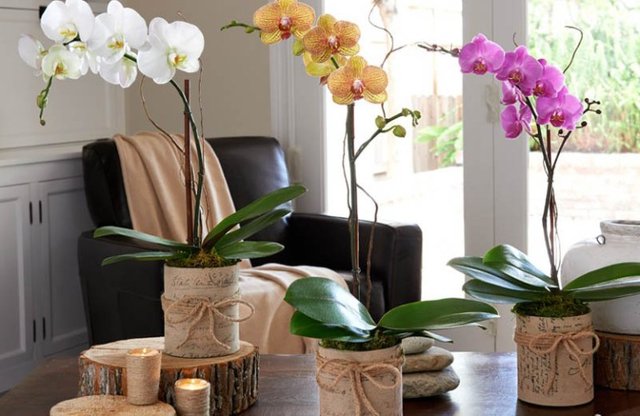
The special thing that orchid plants have is their appearance, you need to keep the quality and beauty of orchid plants in order to have a high selling value. There are several things to maintain the quality of appearance that is post-harvest time and post production.
Factors affecting the quality of post-harvest orchid is the level of interest aging, temperature, water supply, planting and potting and pest prevention media. Other things that affect the production of potted orchids include cultivars, growth stadia, light, medium, fertilization, temperature and transport duration.
As a fun hobby, orchids other than to decorate your home yard can you breed and you explore by doing cross-breeding.
If you grow a lot of orchids, some can be for you to sell. You can sell it with price range starting from Rp. 25,000 - Rp. 400,000.
That's my knowledge about orchids that I get when visiting my friends from my parents. I am very happy to get valuable knowledge moreover he gave me one of his orchids for free hehehehe. Hopefully article that I make is useful for you all, warmly loving from me @sucindi.
Amazing post! I love how you put a lot of effort in it and provided us with a lot of useful information, that someday may come in handy. I am really a fan of orchids not only because of their lovely flower but because in my country it is considered as plant that you gift someone for a special occasions :)
thank you for your positive response about this article, yes indeed this flower is very beautiful and woow amazing if in your country this flower becomes a special flower
Thank you for contributing your knowledge to help others! The Sotall Community has linked to your post here.. If you write any future articles with instructions on how to do any tasks related to a homestead or survival, to ensure they are added to the directory, please submit them. They will be added as soon as possible.